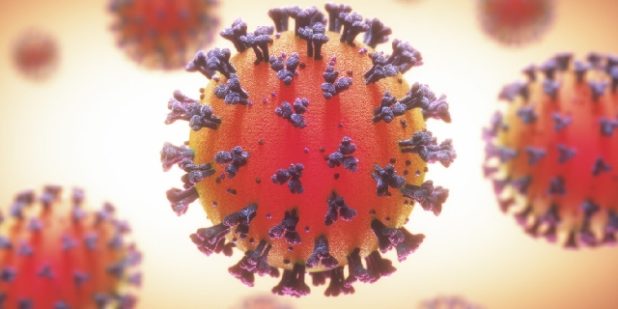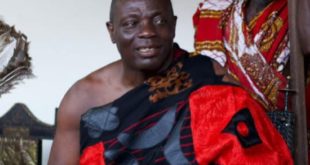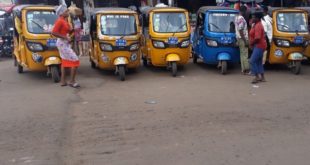By:brightwebtv.com /Nana Asare Barimah

Out of that number, 47,446 have recovered.
The death toll is 320.
A few weeks earlier, the active cases fell to as low as about 300.
There have been recent concerns that Ghana risked experiencing a second wave as a result of people’s lack of adherence to the safety protocols.
A few days ago, some scientists revealed that some 1.2 million Ghanaians living in the national capital, Accra, have been exposed to COVID-19 contrary to the numbers being announced by the Ghana Health Service (GHS).
According to a report compiled by the West African Centre for Cell Biology of Infectious Pathogens (WACCBIP) in collaboration with scientists at the Noguchi Memorial Institute for Medical Research (NMIMR), 20 per cent of Accra’s six million population was exposed to the disease per its surveys conducted in Accra and Kasoa with samples (1,305) from markets, transport terminals, shopping malls, health centres and COVID-19 testing centres.
“Results of the seroprevalence study show that the exposure rate was higher among people tested at the markets and lorry stations (about 27 per cent) than those at the malls (around 9 per cent). The study also showed that differences in socio-economic status could determine risk of exposure to the virus”, according to the scientists.
“What we are reporting is probably an underestimation because, first of all, these tests that we use are not 100 per cent sensitive, so, they could miss quite a good percentage of people who have been exposed,” said Professor Gordon Awandare, Director of WACCBIP, during a webinar on 28 October.
“Having said that, if you think about it in terms of the numbers, the GHS is reporting about 47, 000 cases nationally but if you look at an estimated prevalence in Accra of about 20 per cent, and a population in Accra of about 6 million, that gives you about 1.2 million people who have been infected in the past.”
“We have just completed the first detailed molecular analysis of SARS-CoV-2 viruses sequenced in Africa and, in two batches of samples—15 for the first batch and 31 in the second batch—we identified five clades of the virus that are circulating within Ghana,” said Dr. Peter Quashie, a Senior Research Fellow at WACCBIP, who presented the findings of the study.
“Because of the quality of our sequences, we were able to actually track and link the different samples to each other and see which samples likely had similar ancestry. We were able to identify unique substitutions or genetic changes, which were identified in Ghana and have either not been identified elsewhere or are known stochastic mutations that occur in-country”, he added.
In the estimation of the scientists, the prevalence of COVID-19 is not dropping as the GHS’ number claim.
“I think these are somewhat cautionary results,” said Dr Yaw Bediako, a Research Fellow at WACCBIP, adding: “We know these things can switch in an instant. So, we have to be vigilant and we have to be aware that COVID-19 is, indeed, circulating freely in our country and our current testing protocols, which are focused on symptomatic people, will only capture a very small fraction.”
One of the scientists, Dr Peter Quashie, said: “Having a higher level of education and a high level of income also significantly reduces your risk of being exposed compared to those who have lower levels of education and those who earn low incomes. We also found that individuals working in the informal sector are at a two-fold increased risk of being exposed”.
Meanwhile, Dr. Kofi Bonney, a Senior Research Fellow at NMIMR said: “I even expected that a higher percentage would have been recorded, especially from the markets”.
“We saw how they were loosely keeping to the protocols that we’re supposed to be adhering to. People are now thinking that we are out of the woods, but we are not there yet. The virus is still circulating, and we need to be wary of that and adhere to the protocols strictly. Otherwise, what is happening in the Western world may surface here as well.”
Regional breakdown Greater Accra Region -25,538
Ashanti Region -11,018
Western Region -2,983
Eastern Region -2,452 Central Region -1,935
Bono East Region -785
Volta Region -684
Western North Region -651 Bono Region -600
Northern Region -547
Ahafo Region -528
Upper East Region -358 Oti Region -243
Upper West Region -90
Savannah Region -62
North East Region -19
Source: Classfmonline.com
 The Spot Of Latest Trending News And Leaks Log On For Latest Political News, Health Related Issues And More
The Spot Of Latest Trending News And Leaks Log On For Latest Political News, Health Related Issues And More








